Recent developments in U.S. trade policy are reshaping the competitive landscape for solar exports—and India finds itself facing new challenges, yet uniquely positioned to seize emerging opportunities.
The US has announced new reciprocal tariff of 26% on solar PV modules imported from India. This adds to the existing 14.5% Section 201 tariff, bringing the total duty to around 40%. While this is a significant increase, India still faces lower tariffs than many of other major exporting nations to USA.
Bhanu Patni, director at India Ratings & Research, says, “The Indian PV exports to US pre-changes to tariff were charged 14.5% under section 201 of US tariff acts similar to all other countries, however, Chinese imports was charged additional tariff of 50%, thereby making Indian prices competitive. Post the announcement, additional reciprocal tariff on solar PV module imports from India now stand at around 26%, which is still lower than reciprocal tariffs announced for other major exporters to the US—largely the south east Asian markets. Therefore, Indian exports vis a vis other countries could still continue to remain competitive, though the margins could take a marginal hit.”
In the long run, Ind-Ra sees a more likelihood of focus of Indian manufacturers to shift to domestic consumption and expansion to newer geographies.
Amit Paithankar, whole-time director & CEO at Waaree Energies Ltd, says the new tariff regime presents both challenge and opportunity for Indian PV manufacturers:
“The U.S. administration’s move to impose a 26% tariff on Indian imports presents an opportunity to reassess and strengthen the renewable energy supply chain, without impacting the industry’s strong long-term growth trajectory. It is also important to view this in the broader context of global trade policies and evolving tariff structures. The global demand for solar remains strong, and India continues to play a pivotal role in driving the clean energy transition.”
Paithankar said, “At Waaree, we have proactively anticipated potential policy shifts and have built a resilient supply chain to navigate such geopolitical uncertainties. Our diversified manufacturing presence, including Waaree Solar Americas Inc., ensures that we remain agile in serving the U.S. market while upholding our global commitments.”
Waaree currently operates with 13.3 GW of manufacturing capacity in India and is scaling that up to 16.5 GW within the next few months, while its U.S. unit is set to double from 1.6 GW to 3.2 GW.
“This dual approach—manufacturing for the U.S. in the U.S. and manufacturing for the world in India—highlights our assurance to optimizing supply chains, maximizing efficiencies, and delivering world-class solar technology to meet the growing energy needs of our customers. Furthermore, with a robust 26 GW+ order book, our strategic position remains strong despite temporary headwinds,” said Paithankar.
Vinay Rustagi, an independent solar market analyst, says, “It’s too early to assess implications [of the new US tariff regime] for solar manufacturers as some of the fine print is still not clear. We also need to wait for the outcome of the ongoing bilateral trade negotiations with the US. The good thing is that tariffs on India are lower than on most SE Asian nations, our key competitors for solar exports.”
Despite the optimism, risks remain.
A spokesperson from KS Legal & Associates says, “While Indian manufacturers have a golden window to capture US market share, this window is neither guaranteed nor indefinite. The US is actively scrutinizing supply chains for circumvention, and Indian exporters risk being collateral damage if they don’t build transparent, China independent operations.”
That apart, “Legally and strategically, India could do more than ride the wave. A WTO challenge to the extended tariffs, bilateral lobbying for tariff relaxations, and forging strategic JVs under the US Inflation Reduction Act are essential next steps,” added KS Legal & Associates. “India cannot afford complacency when the global energy transition is a geopolitical battleground. If Indian policymakers and manufacturers fail to act cohesively, today’s trade tailwinds could become tomorrow’s regulatory headwinds. This is a moment for India to move from being a tariff survivor to a solar superpower both in policy and production.”
Indian manufacturers are also urging the government to pursue waivers through negotiation.
Kalpesh Kalthia, CMD, Kosol Energie, hopes that the Indian Ministry of Commerce and External Affairs engage with their U.S. counterparts to seek a waiver on the additional 26% tariff imposed on Indian solar products under the energy sector. Such a step could help sustain the growth and stability of India’s solar export market.
As for Section 201 tariffs by the U.S. Customs Board, Kalthia said these tariffs are set to expire on Feb. 6, 2026. This expiration could mark a significant turning point for Indian exporters and the global solar market as a whole.
Paithankar sees the potential for a mutually beneficial bilateral agreement between India and USA: “The United States and India are natural allies, and evolving trade policies could pave the way for a bilateral agreement that benefits industries in both nations. We look forward to these developments with optimism. Trade policies evolve, and we expect further clarity as discussions progress.”
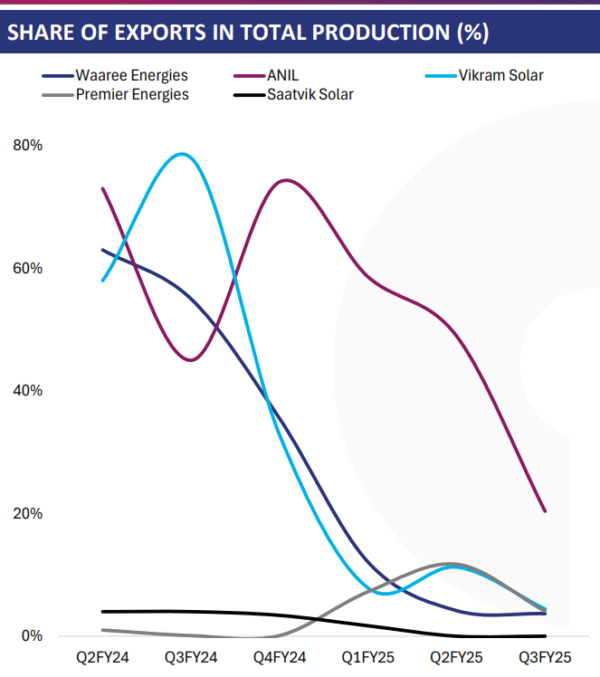
SBICAPS
This content is protected by copyright and may not be reused. If you want to cooperate with us and would like to reuse some of our content, please contact: editors@pv-magazine.com.
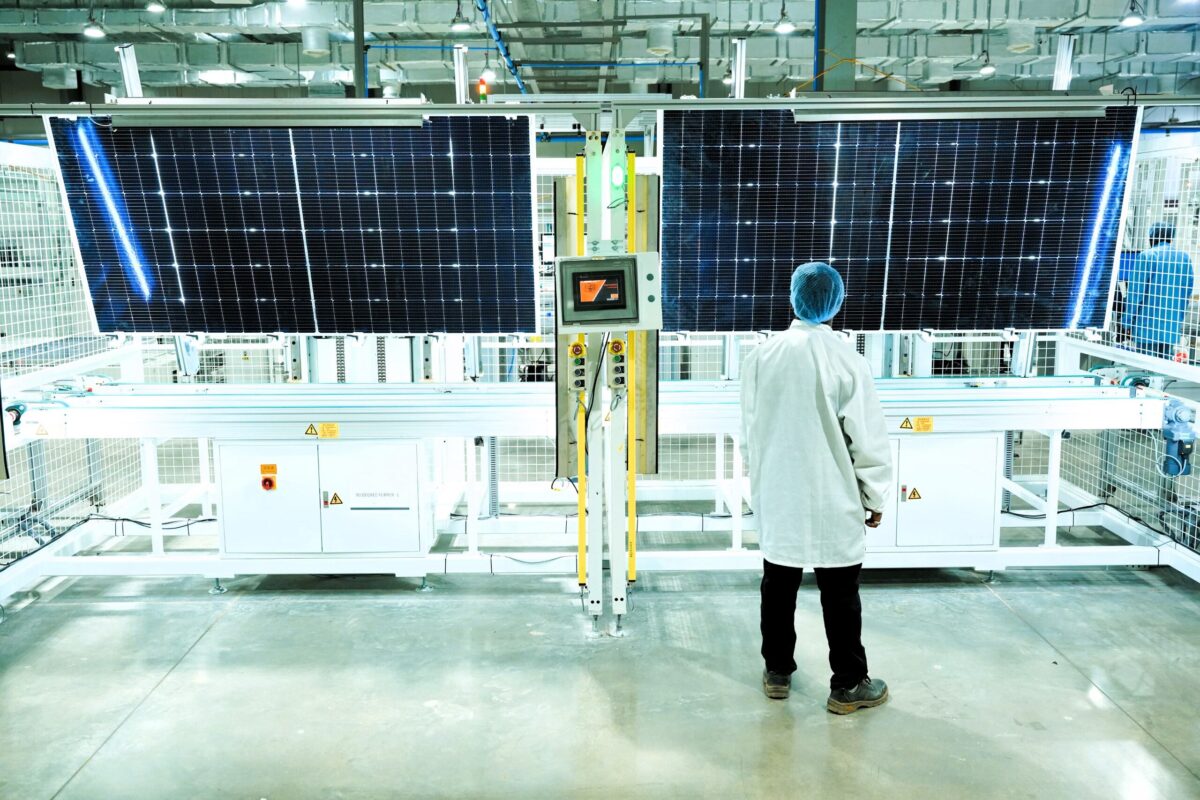




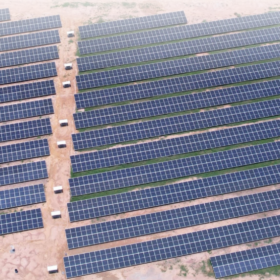
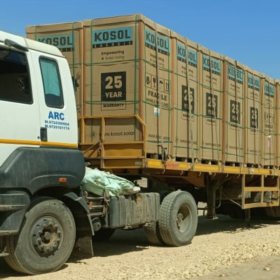

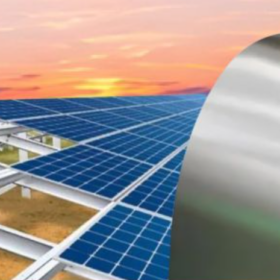
By submitting this form you agree to pv magazine using your data for the purposes of publishing your comment.
Your personal data will only be disclosed or otherwise transmitted to third parties for the purposes of spam filtering or if this is necessary for technical maintenance of the website. Any other transfer to third parties will not take place unless this is justified on the basis of applicable data protection regulations or if pv magazine is legally obliged to do so.
You may revoke this consent at any time with effect for the future, in which case your personal data will be deleted immediately. Otherwise, your data will be deleted if pv magazine has processed your request or the purpose of data storage is fulfilled.
Further information on data privacy can be found in our Data Protection Policy.